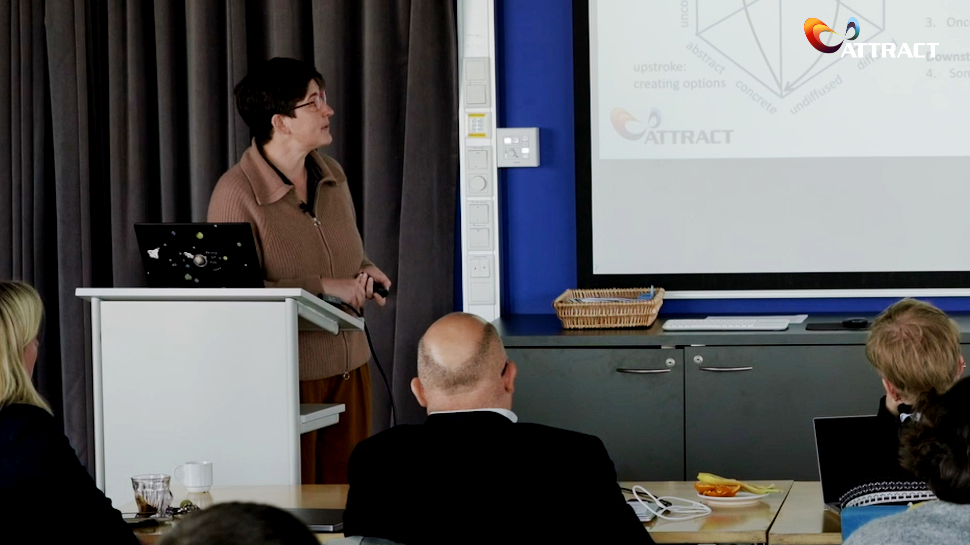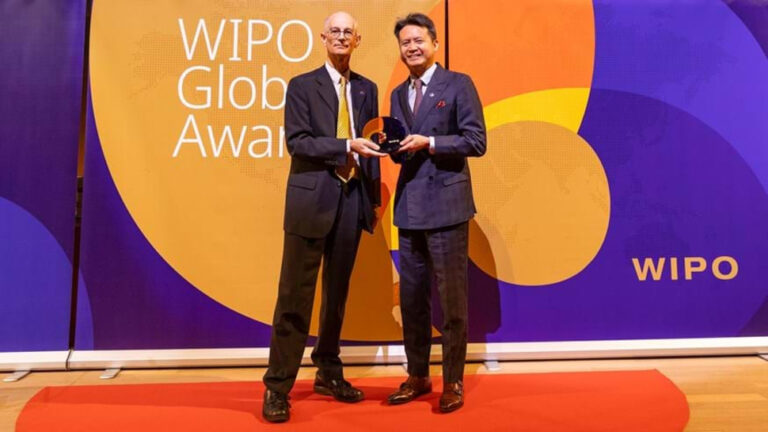How do EU innovation programs affect the socio-economic impacts of European research institutions? This complex question was addressed by the CASEIA (Comparative Analysis of Socio-Economic Impact) project, which developed an analytical framework and methodology to better understand these impacts. The methodology has the potential to improve the planning and evaluation of similar innovation programs in the future. The project was led by Dr Sonia Utermann, an expert at the Steinbeis Transfer Hub in Berlin. It analyzed three case studies in order to evaluate the impacts of the Horizon 2020 ATTRACT project.
One challenge that always confronts innovations from research institutions is bridging the gap that exists between the “deep tech” they develop and its commercial implementation and application. Cultural factors are among the many causes of this gap. The ATTRACT project aims to bring these two worlds closer together. This Horizon 2020 project to boost innovation recognizes that research institution culture is not accustomed to design thinking and aims “to instil an entrepreneurship and co-creation mindset” in them. However, the project lacks an overarching framework for measuring its impact. This was addressed by the CASEIA study, which developed a pilot framework.
Methodology and analytical framework
The project team undertook three case studies involving a project driven by a research institution, a project carried out by a business and a control case that was not part of the ATTRACT project. The aim was to identify and understand the impacts of the ATTRACT measures.
Interviews shed light on the network between the stakeholders in each case study. The relationships were described using factors such as funding, knowledge, data, intellectual property, governance structures, knowledge transfer, cooperation and value chains. This information and the analytical principles of ATTRACT were used by CASEIA as the basis for mapping the case studies across six key socio-economic impact dimensions.
ATTRACT’s theoretical principle: serendipity
ATTRACT can be viewed as an experiment in systematizing technological serendipity for big science infrastructures. Serendipity – the theory of happy coincidence – is what sets ATTRACT apart from other innovation projects. The British academic Ohid Yaqub identifies four types of serendipity: Mertonian, Walponian, Bushian and Stephanian.
Research institutions usually undertake research with a defined problem in mind. To the extent that serendipity occurred in them at all, the two cases investigated by CASEIA fell into the Mertonian category, where innovation is only likely to be incremental in nature. The more radical outcome expected of research institutions falls into the Walponian category. This is the conventional technology transfer model for universities, where both incremental and radical innovations can occur.
Due to the high degree of risk involved, non-targeted lines of enquiry are mostly pursued in the private sector or in other cultures that are comfortable with risk-taking. There is no space for either Bushian or Stephanian serendipity to flourish in the current cultural climate of research institutions. Stephanian serendipity occurs when a technology is so disruptive that its use transforms entire industries. The business project in the CASEIA study can be seen as an example of deliberate Stephanian serendipity. The participating enterprises took a conscious decision to market a technology (i.e. a solution) rather than an application, leaving it up to the user to find the right problem for it to solve. This resulted in the project’s most important commercial impact. A disruptive technology – 3D printing of glass – was made commercially available for a wide range of users and applications. It is still too early to predict the radical impacts of this innovation.
Read the full article in the Transfer Magazin from Steinbeis.
Here you can watch a video about the CASEIA project:


